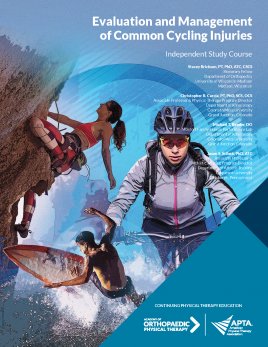
Evaluation and Management of Common Cycling Injuries
| Online Only | |
|---|---|
| APTA Orthopedics Member | $55 |
| Non-APTA Orthopedics Member | $205 |
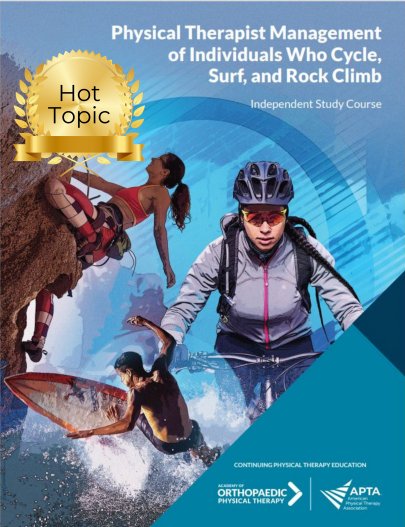
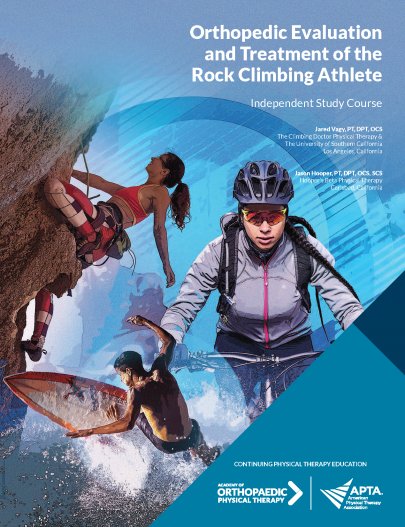
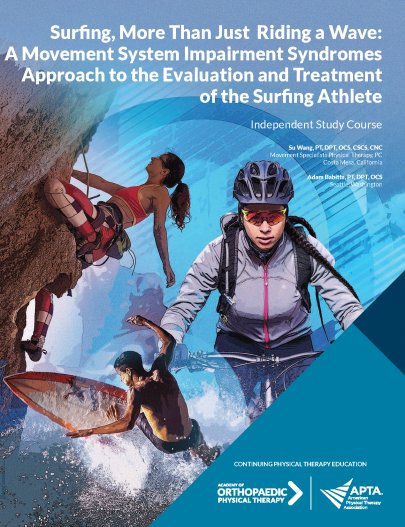
Cancellation Policy / Refund Policy
Due to the automation of our learning management system allowing you instant access to the online content and the immediate order placement for a plus print product, there are no refunds after an order is placed.
Course Description
This monograph discusses unique issues associated with physical therapy examination, evaluation, and intervention of the cyclist. The monograph is effectively divided into thirds—the first third orients the reader to bicycle anatomy, differentiating between adjustable and non-adjustable hardware. Details guide the clinician on how to properly fit the machine to the bicyclist. This is followed by an evidence-based review of common overuse injuries experienced by the cyclist. The last section provides an update on acute macrotraumatic injuries encountered in cycling. The content will enhance the physical therapist’s breadth and depth of understanding of common issues experienced by cyclists.
Course Overview
Course Format: Online
Contact Hours: 5 contact hours
State Approval: AOPT courses are accepted in all states plus the District of Columbia, as allowed by the type of course requirements in state regulations. A small number of states require APTA to seek pre-approval of courses. The approval codes for these states can be found here. Always check with your State Licensing Board to confirm contact hours offered.
View Full State Approval InformationCourse Objectives
- Identify non-adjustable and adjustable parts of road bike anatomy. ·
- Identify tools and equipment required to perform a bike fit safely and effectively in a clinical setting.
- Explain the metrics for measuring and recording bike-fit parameters necessary for clear communication between clinicians and bike shop professionals.
- Recognize standard positions used as a baseline for bike fit and suboptimal fit considerations responsible for frequent complaints
- Understand mechanical changes at contact points to correct or improve biomechanical inefficiencies.
- Recognize musculoskeletal findings that may precipitate or exacerbate complaints on the bike.
- Describe the incidence and etiology of microtraumatic cycling-related injuries.
- Effectively recognize and manage microtraumatic cycling conditions.
- Recognize the symptoms and signs of compressive neuropathies associated with cycling.
- Implement evidence-based intervention strategies for compressive neuropathies associated with cycling.
- Describe the frequency, etiology, and common management of select acute macrotraumatic injuries in cyclists.
Topics and Authors
- Evaluation and Management of Common Cycling Injuries
Stacey Brickson, PT, PhD, ATC, CSCS; Christopher R. Carcia, PT, PhD, SCS, OCS; Michael T. Reeder, DO; Jason S. Scibek, PhD, ATC
Customers Frequently Viewed
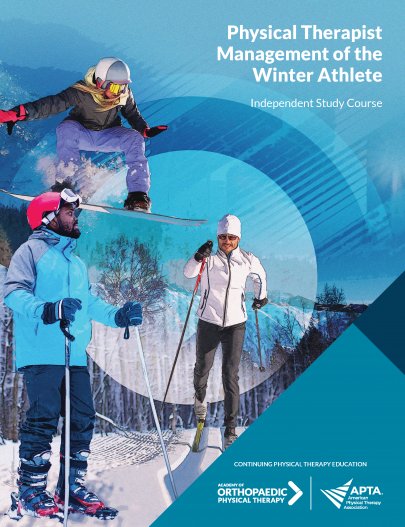
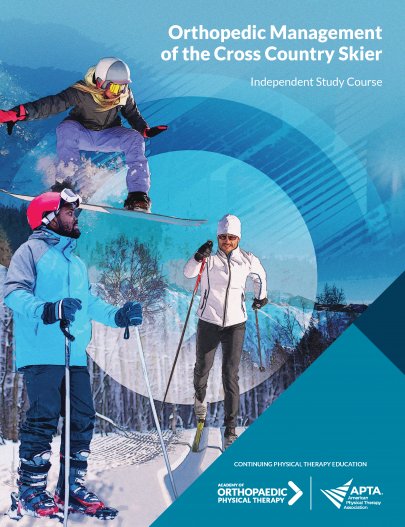
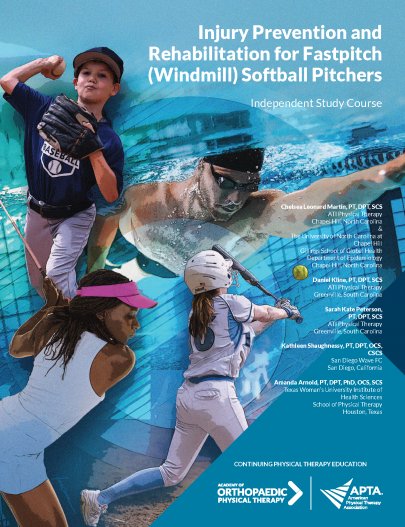

Add To Cart
Which version of the course would you like to purchase?
Members Only
You need to be a member to buy this course.
Join today to enjoy exclusive deals and prices on all courses.
Join Now